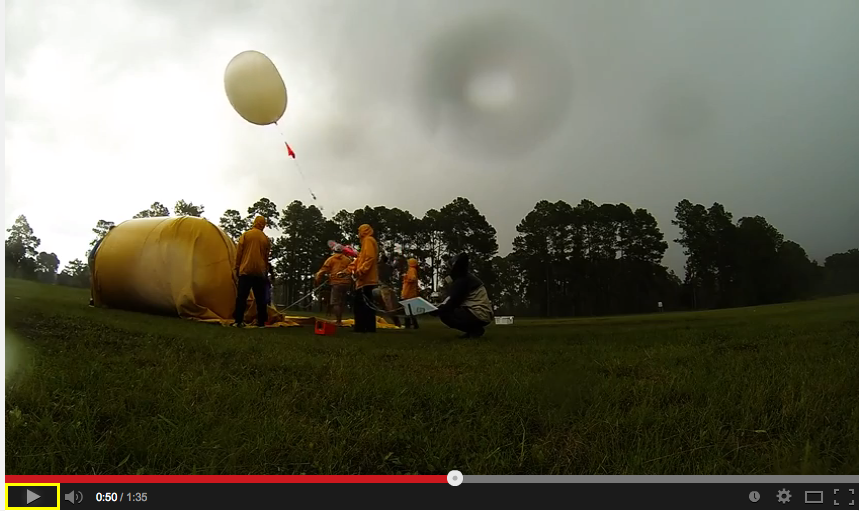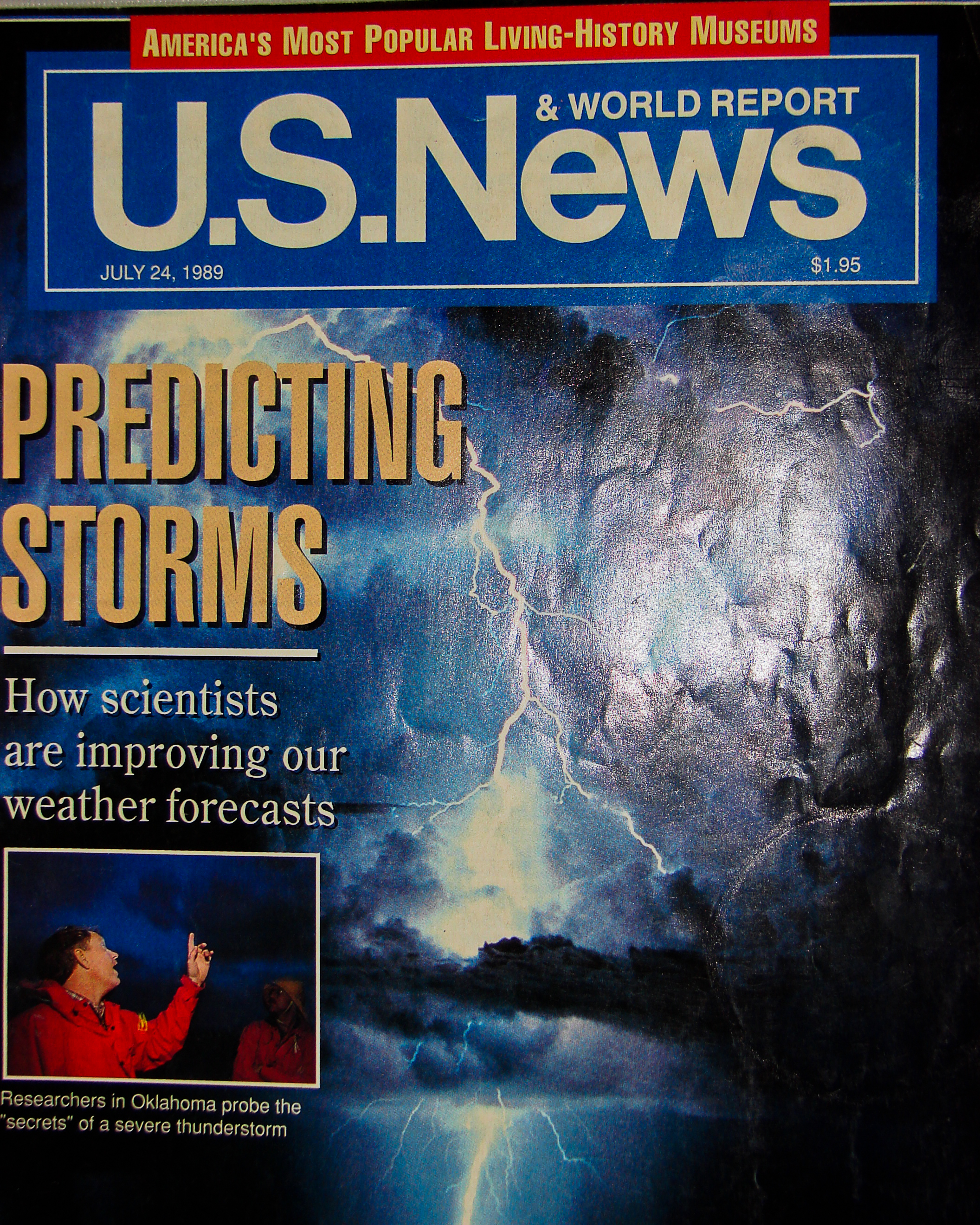
NSSL researchers successfully launched two balloon borne prototype instruments into a large thunderstorm complex at the end of October.
The “High Definition Videosonde Particle Imager” (HDVPI), built in NSSL’s machine shop, is designed to capture high-definition images of raindrops. Other instruments attached to the balloon measure the surrounding electrical field and other atmospheric variables.
This microphysical data will be used in thunderstorm modeling, warn-on-forecast studies, and for evaluating and refining radar precipitation classification schemes used by WSR-88D and other polarimetric radars.
The NSSL team has been on standby the month of October to launch the instruments when thunderstorms impact central Oklahoma. Data are also collected simultaneously from the 3-D Oklahoma Lightning Mapping Array (OK-LMA), the National Weather Radar Testbed Phased Array Radar, and the University of Oklahoma Polarimetric Radar for Innovations in Meteorology and Engineering (OU-PRIME) for analysis and comparison.
Researchers will evaluate the quality and relevance of the HD Videosonde observations by comparing them with the microphysical storm structure determined with polarization radars and storm structure with phased array radar.
Researchers believe the HD Videosonde will likely be a useful and potentially important research tool that would contribute to fulfilling aspects of the NOAA/NSSL mission.



